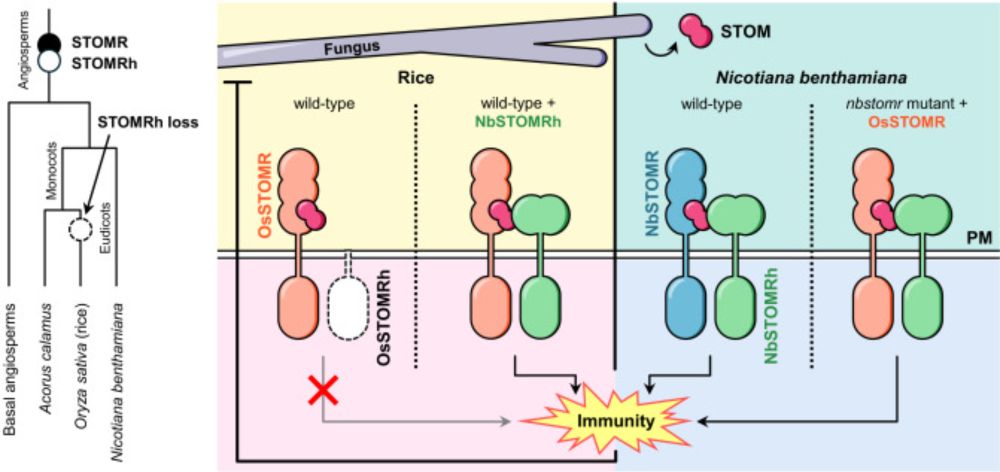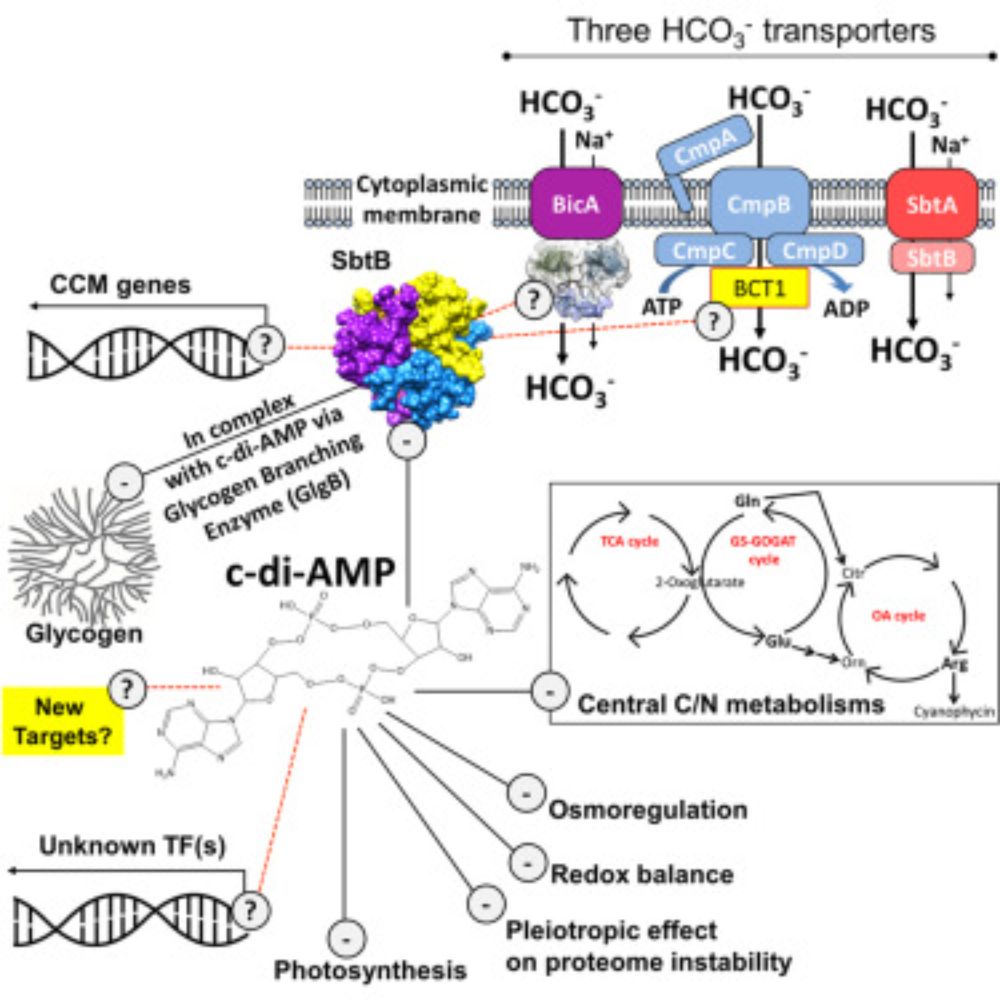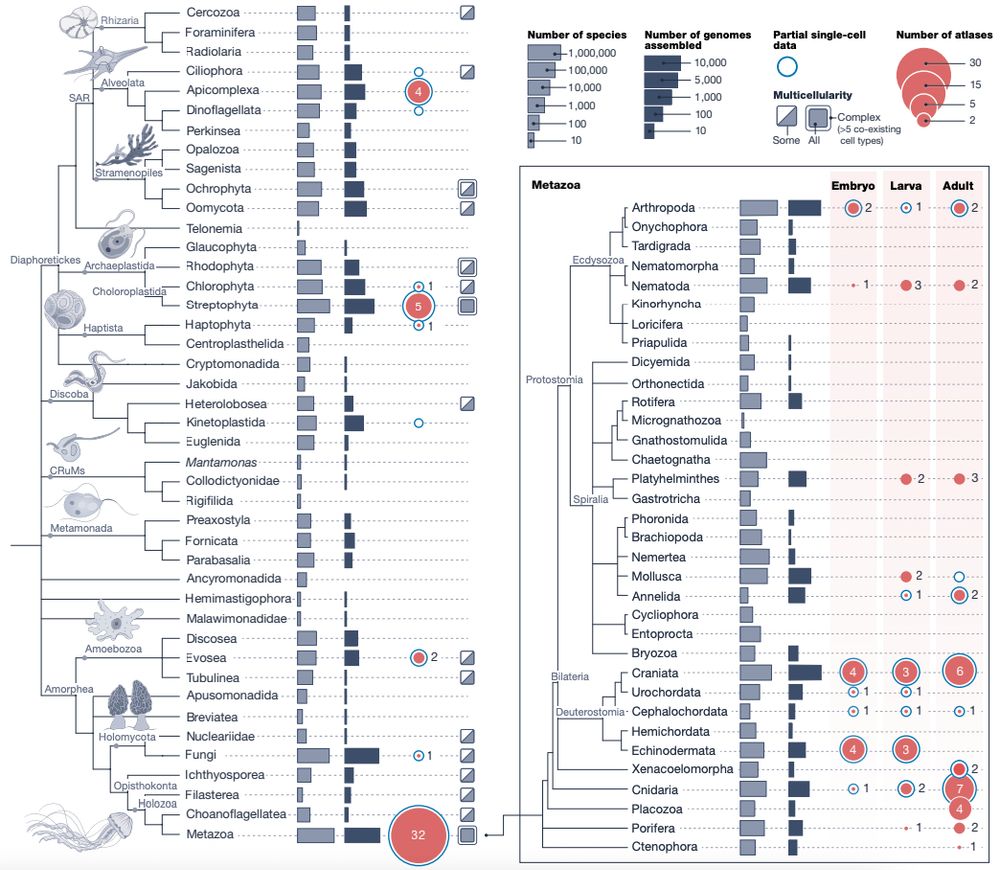
New preprint!🎉It’s a pleasure to share my first first-author preprint from my PhD journey!
We uncover a novel co-evolved peptide–GPCR system in the fungus Ustilago maydis that senses host entry and triggers infection (doi.org/10.1101/2025...)
(1/5)
GPCRs are central sensors in eukaryotes, but little is known about them in fungi. In Ustilago maydis, we now uncovered a host-dependent GPCR mechanism that promotes fungal infection.
Gabriel nicely explains the full story👇


Read more: www.oeaw.ac.at/gmi/detail/n...

Read more: www.oeaw.ac.at/gmi/detail/n...

www.science.org/doi/10.1126/...

www.science.org/doi/10.1126/...
We used a human cell-free translation screen (~28 000 compounds) to discover NT-2, a #Fusarium -derived #mycotoxin that blocks human ribosomes.
#Cryo-EM at 1.72 Å reveals a link between chemical inhibition and ribosome dormancy.
www.biorxiv.org/content/10.1...

We used a human cell-free translation screen (~28 000 compounds) to discover NT-2, a #Fusarium -derived #mycotoxin that blocks human ribosomes.
#Cryo-EM at 1.72 Å reveals a link between chemical inhibition and ribosome dormancy.
www.biorxiv.org/content/10.1...
🌱 Our latest study reveals how Magnaporthe oryzae synchronizes organelle trafficking and autophagy to infect plants. (1/13)
📄 Read more: doi.org/10.1101/2025...

🌱 Our latest study reveals how Magnaporthe oryzae synchronizes organelle trafficking and autophagy to infect plants. (1/13)
📄 Read more: doi.org/10.1101/2025...
biodtp.norwichresearchpark.ac.uk/projects/van...

biodtp.norwichresearchpark.ac.uk/projects/van...
In our new preprint, we describe a new way in which animals and plants share a common strategy to ward off harmful bacteria.
www.biorxiv.org/content/10.1...

In our new preprint, we describe a new way in which animals and plants share a common strategy to ward off harmful bacteria.
www.biorxiv.org/content/10.1...

#EvoMPMI #MPMI
Check also the beautiful paper by Zhang et al. on the PRR STOMR and discover what happened to its co-receptor 😱
@isabelmonte.bsky.social highlights work revealing cross-species co-receptor transfer can overcome restricted taxonomic functionality in rice, pointing to strategies for crop protection
www.cell.com/cell-host-mi...

#EvoMPMI #MPMI
Check also the beautiful paper by Zhang et al. on the PRR STOMR and discover what happened to its co-receptor 😱
We have an opening for a junior group leader position in „Phage Biology & Biotechnology“.
www.fz-juelich.de/de/karriere/...
Interested candidates are encouraged to contact me via email for further details.
@spp2330.bsky.social; @mibinet.bsky.social
We have an opening for a junior group leader position in „Phage Biology & Biotechnology“.
www.fz-juelich.de/de/karriere/...
Interested candidates are encouraged to contact me via email for further details.
@spp2330.bsky.social; @mibinet.bsky.social
www.cell.com/iscience/ful...
#cdiAMP is involved in almost all cellular processes, explaining it's essentiality in #cyano
@hhu.de
@mibinet.bsky.social

www.cell.com/iscience/ful...
#cdiAMP is involved in almost all cellular processes, explaining it's essentiality in #cyano
@hhu.de
@mibinet.bsky.social
We'll keep developing the AlphaFold Database to support protein science worldwide 🎉
To mark the moment we’ve synchronised the database with UniProtKB release 2025_03.
www.ebi.ac.uk/about/news/t...
🖥️🧬 #AlphaFold
@pdbeurope.bsky.social

We'll keep developing the AlphaFold Database to support protein science worldwide 🎉
To mark the moment we’ve synchronised the database with UniProtKB release 2025_03.
www.ebi.ac.uk/about/news/t...
🖥️🧬 #AlphaFold
@pdbeurope.bsky.social
www.nature.com/articles/s41...
@mibinet.bsky.social

www.nature.com/articles/s41...
@mibinet.bsky.social
Repost = nice. Thank you very much!!!
Candidates who win Fellowships will be offered a Tenure Track Group Leader position from the outset, initially for 5 years.
Find out more: www.jic.ac.uk/training-car...

Repost = nice. Thank you very much!!!
~27,000 predicted viral protein monomers & homodimers
Conserved folds across bacteria, archaea & eukaryotic viruses
New toxin–antitoxin system KreTA uncovered
Vast “functional darkness” remains uncharted
www.science.org/doi/10.1126/...

~27,000 predicted viral protein monomers & homodimers
Conserved folds across bacteria, archaea & eukaryotic viruses
New toxin–antitoxin system KreTA uncovered
Vast “functional darkness” remains uncharted
www.science.org/doi/10.1126/...
GPCRs are central sensors in eukaryotes, but little is known about them in fungi. In Ustilago maydis, we now uncovered a host-dependent GPCR mechanism that promotes fungal infection.
Gabriel nicely explains the full story👇
New preprint!🎉It’s a pleasure to share my first first-author preprint from my PhD journey!
We uncover a novel co-evolved peptide–GPCR system in the fungus Ustilago maydis that senses host entry and triggers infection (doi.org/10.1101/2025...)
(1/5)
GPCRs are central sensors in eukaryotes, but little is known about them in fungi. In Ustilago maydis, we now uncovered a host-dependent GPCR mechanism that promotes fungal infection.
Gabriel nicely explains the full story👇

a small press on our discovery of ComFB signaling family by @claussenarne.bsky.social @hhu.de
www.eurekalert.org/news-release...
w/ @mygalperin.bsky.social @thethormannden.bsky.social
@cmfi.bsky.social @mibinet.bsky.social @sfb1381.bsky.social
a small press on our discovery of ComFB signaling family by @claussenarne.bsky.social @hhu.de
www.eurekalert.org/news-release...
w/ @mygalperin.bsky.social @thethormannden.bsky.social
@cmfi.bsky.social @mibinet.bsky.social @sfb1381.bsky.social
www.nature.com/articles/s41...

www.nature.com/articles/s41...


